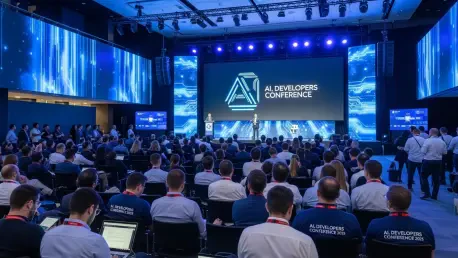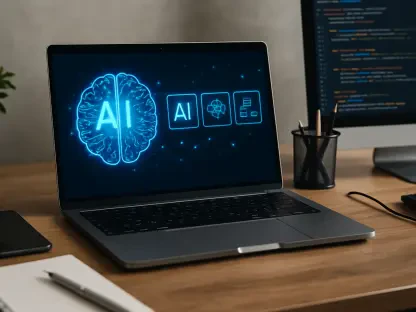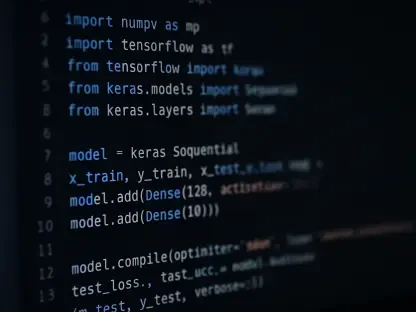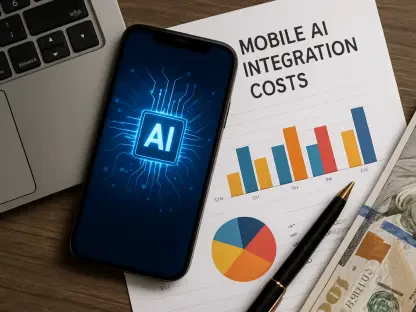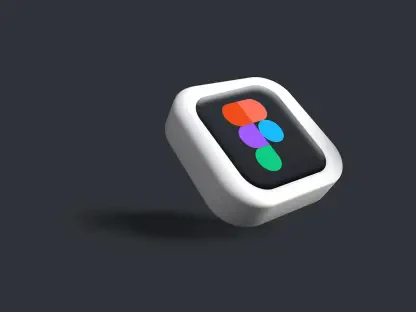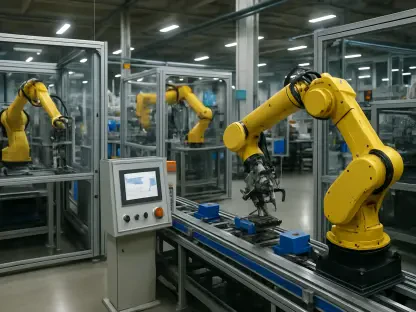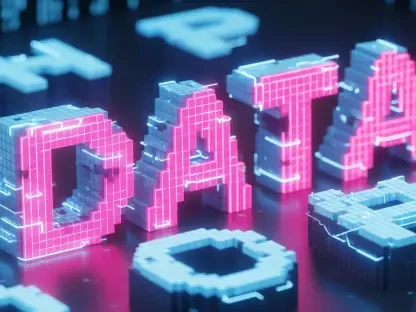In a world where artificial intelligence reshapes industries at an unprecedented pace, one event stands as a beacon of progress and unity for developers and researchers alike, bringing together the brightest minds to push the boundaries of what’s possible. Open Source AI Week, a landmark gathering in the AI community, fosters shared knowledge and accessible technology through a week-long celebration that culminates in major events like the PyTorch Conference and NVIDIA GTC Washington, D.C., drawing participants from startups to tech giants like NVIDIA. It serves as a powerful reminder of how open-source principles can accelerate innovation across fields as diverse as large language models and robotics. This coverage dives into the heart of the event, exploring the key moments that defined its impact on the global AI landscape.
Key Moments That Defined the Week
Open Source AI Week delivered an inspiring blend of technical breakthroughs and community engagement, showcasing the transformative potential of collaborative efforts. From keynote speeches to hands-on workshops, the event highlighted themes of accessibility, innovation, and scalability that resonate throughout the AI industry. Participants, including developers, researchers, and enterprises, came together to exchange ideas, unveiling solutions to some of the most pressing challenges in technology today. The energy was palpable as attendees witnessed firsthand how open-source tools democratize access to cutting-edge advancements.
This year’s event stood out for its ability to bridge theoretical discussions with practical applications, ensuring that every segment contributed to a broader vision. Whether through debates on AI ethics or demonstrations of new models, the week emphasized the importance of transparency and inclusivity. These overarching themes set the stage for a deeper look into the specific highlights that made the event a cornerstone for the AI community.
Pivotal Insights from Keynote Addresses
Among the most anticipated segments were the keynote speeches, where industry leaders shared bold visions for the future of AI. Jeremy Howard, a founding researcher at fast.ai, captivated the audience at the PyTorch Conference with his commendation of NVIDIA and Meta for their commitment to open licensing. He argued that such practices are essential for fostering a culture of experimentation and trust among developers globally, pointing to recent high-performing models as evidence of this approach’s success.
Another standout moment came from Jim Fan, who introduced the concept of the Physical Turing Test during his address. His vision for embodied AI underscored the need for systems capable of interacting with the physical world, urging the community to prioritize diverse data and open frameworks. These talks not only inspired attendees but also framed critical discussions about the direction of AI research, emphasizing long-term goals over short-term gains.
Significant announcements during these sessions further amplified their impact, as speakers revealed upcoming research initiatives and collaborative projects. These insights provided a roadmap for innovation, highlighting how open-source contributions can address complex problems. The keynotes served as a catalyst, igniting enthusiasm for the practical and interactive components of the week that followed.
Dynamic Debates in Panel Discussions
Panel discussions offered a platform for robust exchanges on critical topics shaping AI’s trajectory. One recurring theme was the importance of open model weights, with experts debating how shared resources enable customization and accelerate progress. Participants from various sectors, including academia and industry, presented compelling arguments for balancing openness with the challenges of scalability and security in deployment.
Insights from the NVIDIA AI Podcast, featuring thought leaders like Bryan Catanzaro, enriched these conversations by illustrating diverse perspectives. Catanzaro emphasized the power of community-driven progress, noting that collective contributions in data and models propel the field forward at a remarkable pace. Other panelists tackled the ethical implications of widespread AI access, proposing frameworks for responsible development that prioritize transparency.
These sessions were not just theoretical exercises but yielded actionable ideas for collaboration. The diversity of opinions fostered a deeper understanding of obstacles, while proposed solutions reflected a shared commitment to overcoming them. Attendees left with a renewed sense of purpose, inspired by the potential for unified efforts to address even the most daunting issues in AI.
Interactive Learning Through Workshops and Hackathons
The hands-on components of Open Source AI Week provided invaluable opportunities for participants to engage directly with cutting-edge tools. Workshops and hackathons, featuring frameworks like PyTorch and NVIDIA Launchables, allowed attendees to dive into real-world problem-solving. These sessions catered to a range of skill levels, ensuring that both novices and seasoned developers could gain practical experience with open-source technologies.
One notable workshop focused on building conversational models, demonstrating how NVIDIA’s tools can streamline training processes across various GPUs. Hackathons, meanwhile, encouraged teamwork as participants collaborated on innovative projects, often producing prototypes within tight deadlines. Such activities not only honed technical skills but also strengthened the sense of community among attendees, fostering lasting connections.
The tangible outcomes of these interactive experiences underscored their value, as many participants left with new skills and ideas to apply in their own work. These sessions exemplified the event’s dedication to bridging the gap between theory and practice. By empowering individuals with accessible resources, the workshops and hackathons reinforced the democratizing spirit of open-source AI.
Unveiling Next-Generation Technologies and Innovations
Product demos and exhibitions during the week showcased an array of groundbreaking technologies that promise to redefine AI applications. NVIDIA took center stage with the introduction of the Nemotron RAG models, including the multilingual Llama-Embed-Nemotron-8B, which supports over 1,000 languages. This model’s capabilities in text embedding and semantic similarity drew significant attention for its potential to serve diverse global contexts.
Additionally, frameworks like Isaac Sim and Isaac Lab were highlighted for their role in advancing robotics and embodied intelligence. These tools enable virtual training environments for robots, narrowing the divide between simulation and real-world functionality. Attendees marveled at live demonstrations, which illustrated how such innovations can tackle complex challenges in autonomous systems.
The relevance of these unveilings extended beyond technical achievements, as they aligned with broader industry needs for scalability and inclusivity. Each showcased technology represented a step toward making AI more adaptable and accessible across domains. The excitement surrounding these reveals underscored the event’s role as a launchpad for transformative solutions that will shape the future.
Reflecting on a Milestone Event with an Eye to the Future
Looking back, Open Source AI Week proved to be a defining moment for the AI community, uniting diverse stakeholders in a shared mission to advance technology through open-source principles. The event’s blend of visionary keynotes, spirited debates, hands-on learning, and technological unveilings created an unforgettable experience that celebrated past achievements while setting ambitious goals. Its emphasis on collaboration and accessibility left an indelible mark on all who participated.
Moving forward, the challenge lies in sustaining this momentum by fostering ongoing partnerships and expanding access to resources like those introduced during the week. Stakeholders must prioritize the development of inclusive models and frameworks that address global needs, building on the multilingual and culturally nuanced tools showcased. Continued investment in community-driven initiatives will be crucial to overcoming scalability hurdles and ethical concerns.
As the AI landscape evolves, events like this one must remain platforms for innovation, encouraging the exchange of ideas and the recognition of individual contributions. The groundwork laid during the week offers a blueprint for tackling emerging challenges, from embodied intelligence to transparent development practices. By harnessing the collective energy and insights gained, the community can drive progress toward a more connected and capable technological future.
